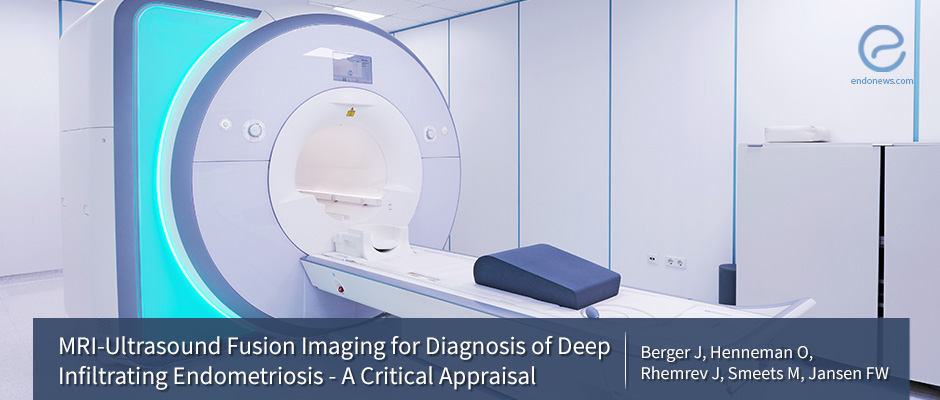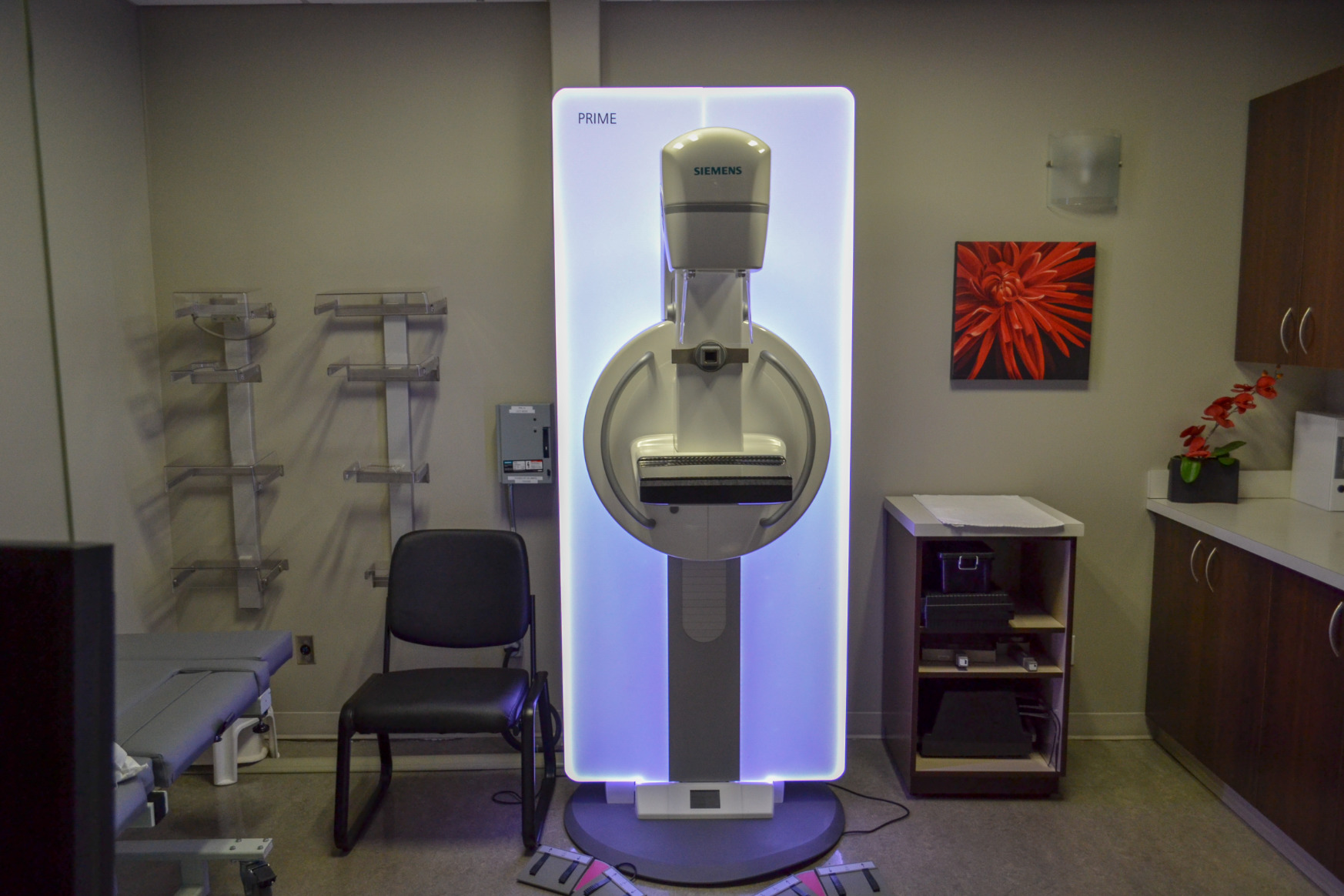


Affinity-matured target-specific sdAbs are selected via protein display and biopanning and are finally produced in microbial hosts.īesides antibody fragments, which are derived from different types of antibody classes, different scaffold proteins have also been engineered as small imaging probes ( 5). The sdAb gene fragments are amplified from isolated lymphocytes, providing a library of potential binders. sdAbs are generated by immunizing camelids with the antigen of choice. Because of their small size, sdAbs show improved tissue penetration compared with mAbs ( 4). sdAbs are typically highly stable and bind antigens quickly and with high specificity and affinity. SdAbs, also referred to as Nanobodies (Ablynx), represent the smallest functional antibody fragments (12–15 kDa), consisting of the heavy-chain variable region of an immunoglobulin type that is naturally present in Camelidae. GENERATION AND TYPICAL CHARACTERISTICS OF SMALL PROTEINS This approach is promising for assessing target expression levels in individual patients to identify those who will likely benefit from targeted treatments. They allow a same-day imaging approach, much like the current practice for 18F-FDG PET, and their application results in a 4- to 6-fold lower radiation exposure than for immuno-PET, making them attractive for routine use. Their low molecular weight enables fast penetration in tumor tissues, and their lack of a fragment crystallizable region further improves clearance. Attractive alternative targeting proteins, with a further reduction in size, are Camelid single-domain antibody fragments (sdAbs) and several nonimmunoglobulin protein scaffolds such as Affibody molecules (Affibody AB), anticalins, designed ankyrin repeat proteins (DARPins Molecular Partners AG), and fibronectin type III (FN3, Adnectin Adnexus) ( Fig. Although this size reduction increases the clearance rate of nonbound tracers, the clearance and extravasation rates remain overall too low to allow same-day imaging with sufficient contrast. To overcome the slow clearance and extravasation, mAbs have been engineered to smaller fragments such as antigen-binding, variable, and single-chain variable fragments diabodies and minibodies ( 2), with a molecular weight of 25–110 kDa. Even at that time, appreciable quantities of the tracer remain in the blood, resulting in low sensitivity due to high background uptake and low specificity due to an enhanced permeability and retention effect, especially for targets with a low expression level.

A major disadvantage is the long blood circulation time, with half-lives of up to 28 d, requiring delayed scanning time points typically between 4 and 6 d ( Fig. Because these mAbs are produced in large quantities by the pharmaceutical industry as therapeutics, they are typically available as a targeting moiety for the development of an imaging agent at very low cost. This approach allows study of the pharmacokinetics and receptor occupancy of the therapeutics, as well as the presence and accessibility of the molecular target in the individual patient. Several mAbs have been used for PET imaging-the so-called immuno-PET approach ( 1).

These mAbs typically show a slow systemic clearance, allowing a triweekly treatment regimen. When such molecules are located on the cell membrane or in the extracellular space, monoclonal antibodies (mAbs) can often block or activate these pathways. The discovery of key pathways that drive disease progression has led to the identification of new targetable molecules. This mini review focuses on small proteins for radionuclide-based imaging that would allow same-day imaging, with the emphasis on clinical applications and promising preclinical developments within the field of oncology. This makes high-contrast imaging possible on the day of injection. The use of small radiolabeled probes based on the heavy-chain variable region of heavy-chain–only immunoglobulins or nonimmunoglobulin scaffolds permits rapid localization of radiotracers in tumors and rapid clearance from normal tissues. Imaging of expression of therapeutic targets may enable stratification of patients for targeted treatments.


 0 kommentar(er)
0 kommentar(er)
